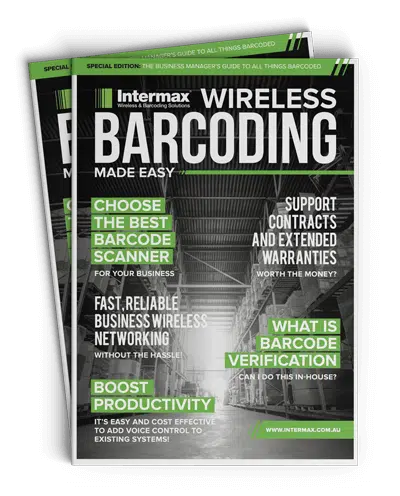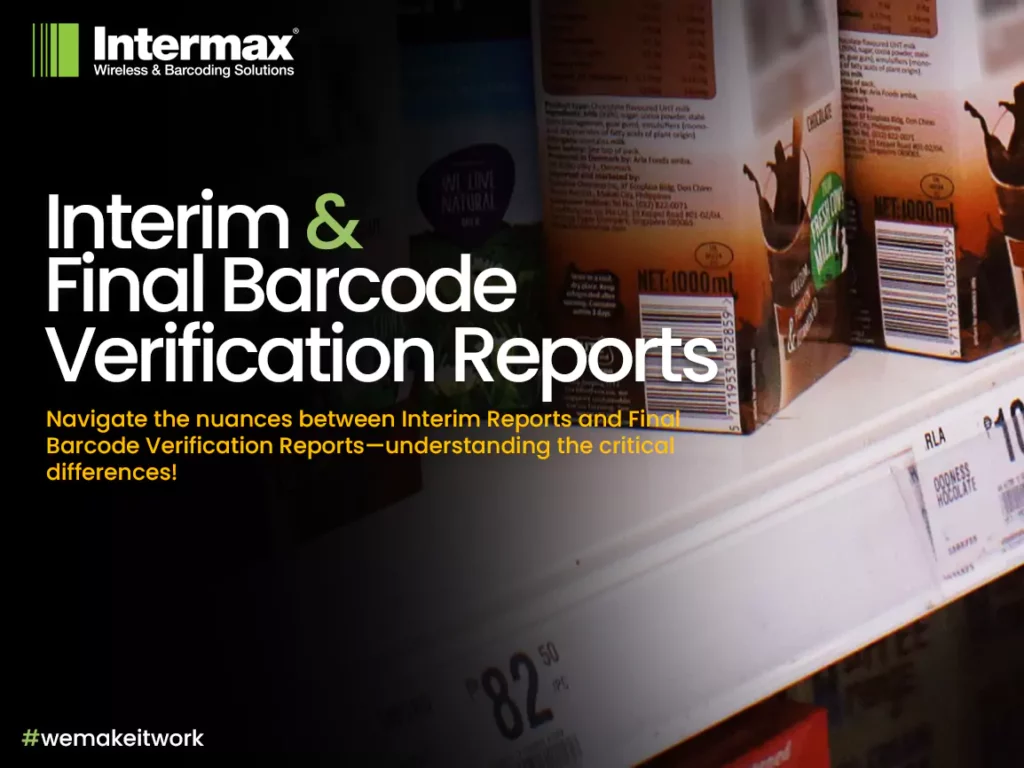
Final Barcode Verification Reports: Key Differences
Navigate the nuances between Interim Reports and Final Barcode Verification Reports—understanding the critical differences!
In the intricate ballet that is modern retail, the barcode—often overlooked, but always a pivotal and starring role. In recent years, the advent of interim reports has thrown a spotlight on the barcode verification process, compelling suppliers to adapt swiftly to retailer demands.
However, there is a crucial distinction between an interim report and a final product barcode verification report that suppliers must understand to avoid the pitfalls and financial repercussions of non-compliant barcodes.
A Tale of Two Reports: Defining the Differences
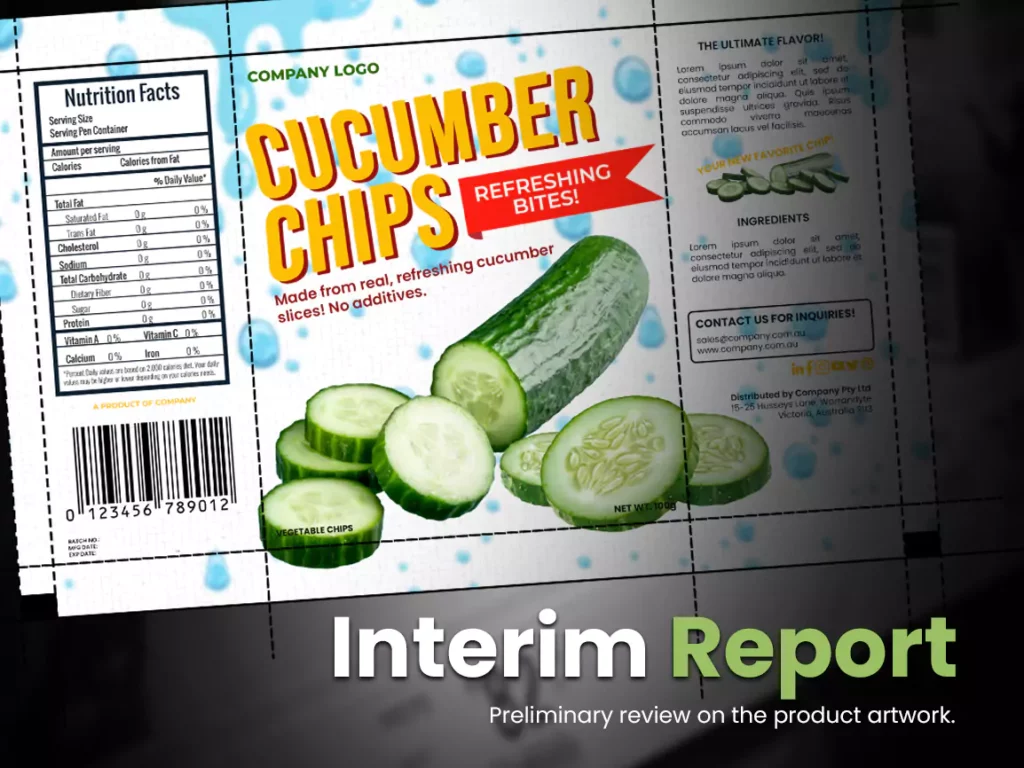
What is an Interim Report?
An interim report is a preliminary review conducted on the product’s artwork, often in the prototype stage before full-scale production commences.
This report primarily focuses on:
- Evaluating the physical dimensions,
- Ensuring the barcode aligns with specifications regarding its size, type, and number structure.
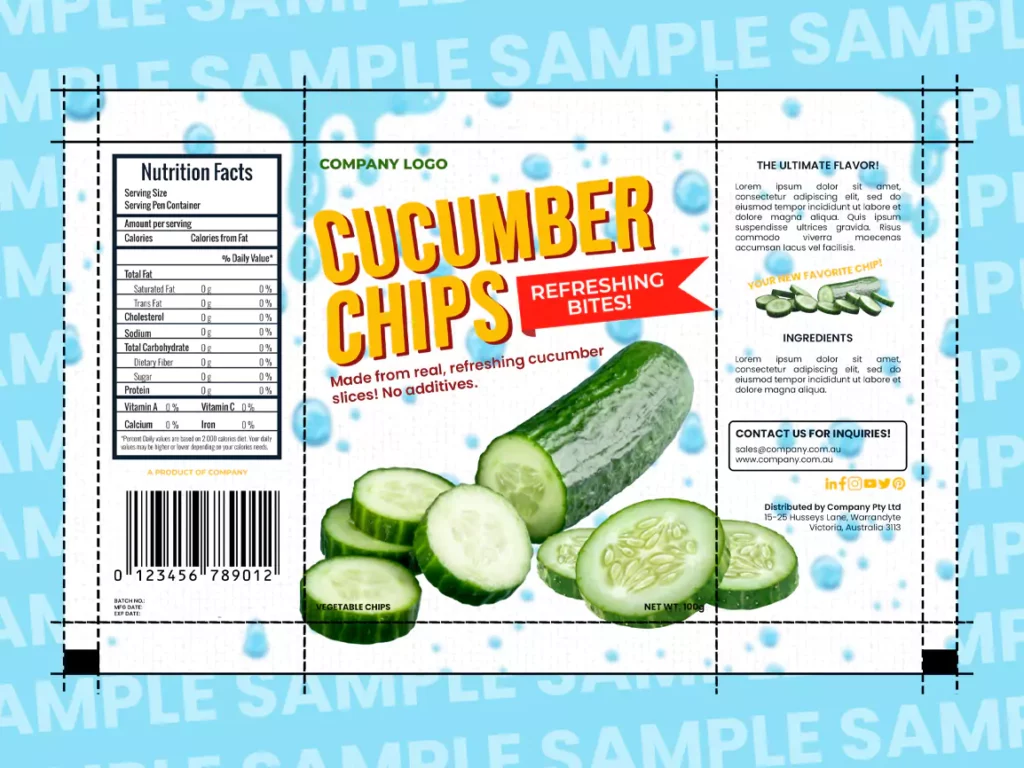
However, the catch lies in what the interim report doesn’t cover. It does not assess the barcode against ISO print quality standards, which are crucial for determining the barcode’s readability and overall compliance.
The ink spread, colour contrast, and printing medium can significantly alter in the final product, affecting the barcode’s scannability and, consequently, its functionality.
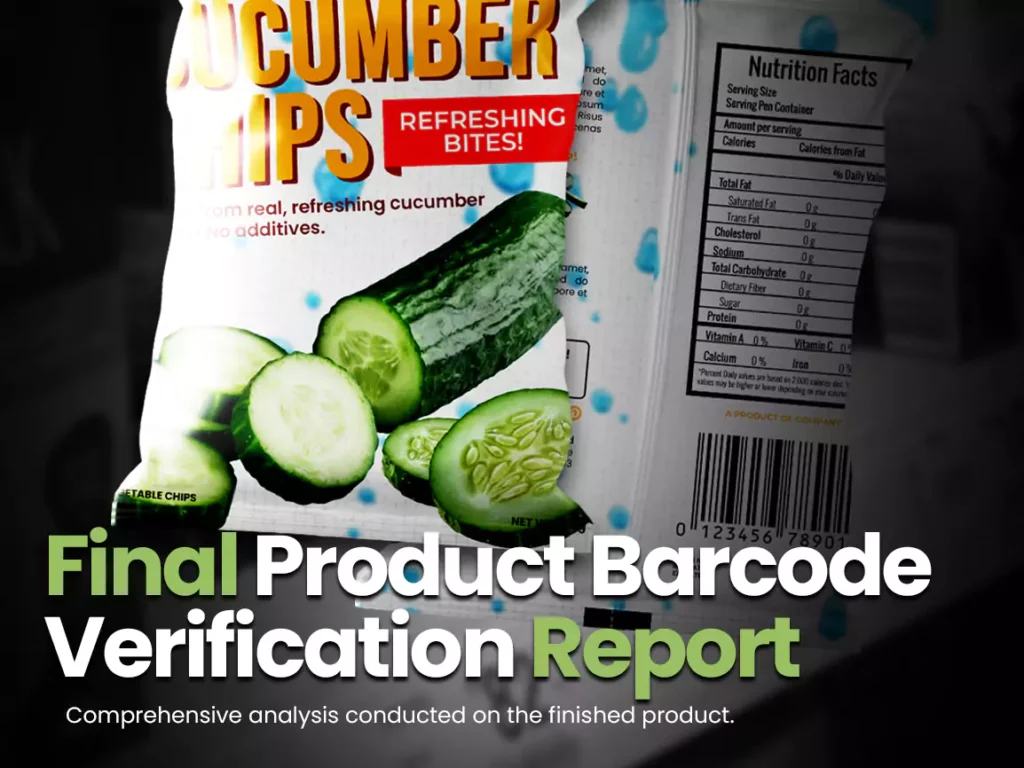
The Final Product Barcode Verification Report
Contrastingly, a final product barcode verification report is a comprehensive analysis conducted on the finished product.
This report assesses the barcode’s print quality against ISO standards including parameters:
- Symbol contrast,
- Modulation,
- Reflectance, and more.
Essentially, it’s a deep dive into the barcode’s technical performance, ensuring it’s not just compliant on paper but operationally viable in the real world.
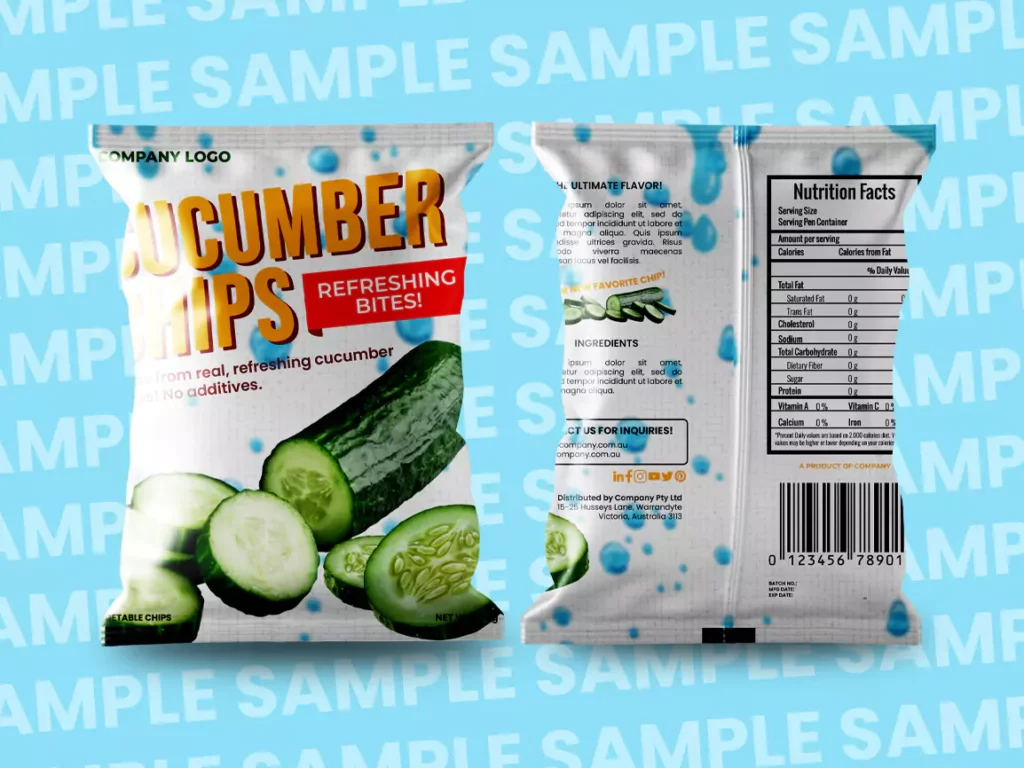
The Risk of Complacency: Why Relying Solely on Interim Reports is a Precarious Game
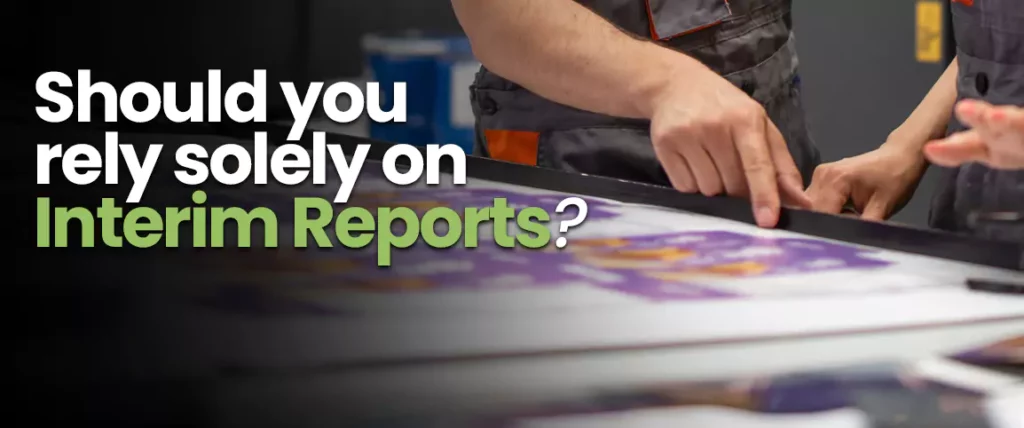
Suppliers might be tempted to take the interim report ‘all-clear‘ as a final assurance. That’s a gamble that could potentially spiral into a logistical nightmare. Here’s why:
Navigating Forward: Strategic Steps for Assurance
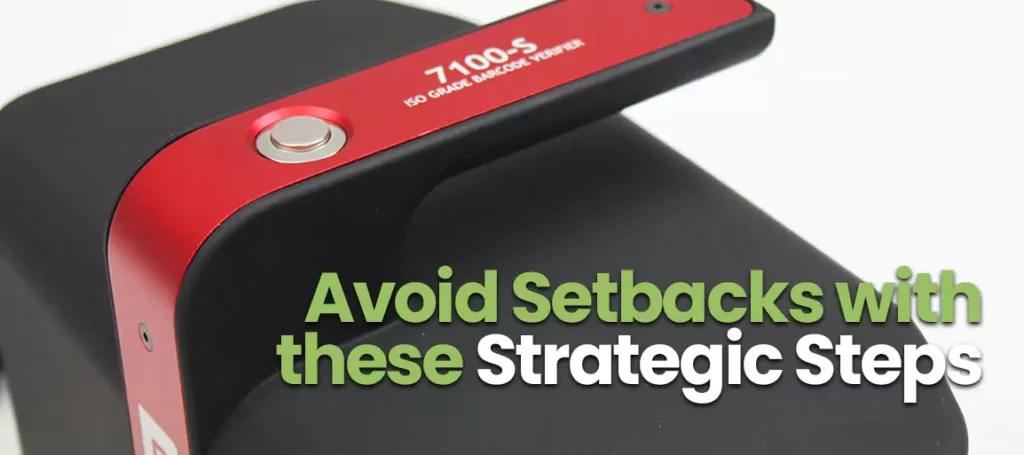
To circumvent these potential setbacks, suppliers should:
The Prudent Path to Barcode Compliance
While interim reports are valuable for their immediacy and accessibility, they are the starting blocks, not the finish line, in the race for barcode compliance.
By understanding and respecting the distinction between interim and final product barcode verification reports, suppliers can ensure they uphold their end of the retail bargain: delivering products that are ready to glide through the supply chain, contributing to a seamless and efficient retail experience.




